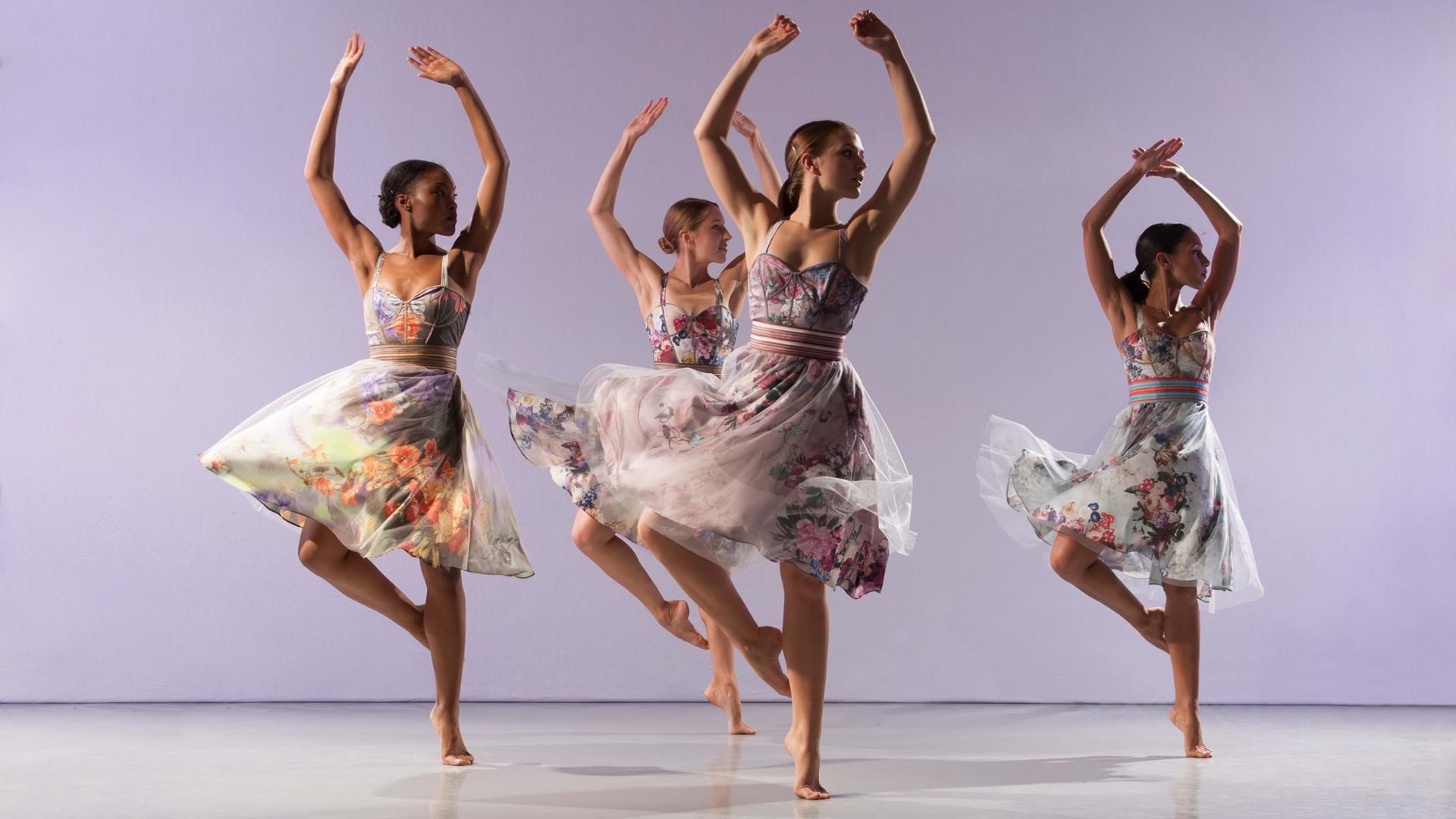On their latest tour, the Richard Alston Dance Company celebrate their titular choreographer’s fifty years as a dance creator. Entitled Mid Century Modern, the three part show takes the spectator on a journey from his early works (in his own words, “fresh from college”) through to the present day, and it is fascinating to watch the evolution of his work, and indeed the contemporary dance genre, in this way.
Initially, the pieces seem a little jarring, a little lacking in context, and a little surreal. However, as the works continue, and by the time Alston hits 2018 with Bach Dances, the audience are clear that this is a choreographer who has learnt how to engage an audience, and tell a most gripping story, in the contemporary style.
Contemporary dance can be difficult to watch for both beginners to the form, and for dance purists who may prefer a trip to the ballet than the quirks and edges of a more linear movement. In this particular showcase the latter works of the opening section will certainly appeal more to the masses, telling clear stories through a combination of slick movement and stylish formations.
It is, however, in section two of the programme where the performance really comes alive, combining electrifying music (a score called Timber by Michael Gordon and remixed by Icelandic composer, Jóhann Jóhannsson) with simple yet effective lighting in Martin Lawrance’s Detour, followed by Proverb, which Alston loves so much he has revived it especially for his 70th birthday. These two pieces, despite being split by a short pause and jammed between two intervals, seem the most complete and best performed pieces of the night.
To complete the triptych, Edinburgh get to see the debut performance of Brahms Hungarian, which combines traditional Hungarian music, gypsy influences and a live pianist. Alston explains, in the show programme, that he was challenged by the continuously changing tempo of the music but he, and the dancers, rise to the challenge.
The biggest challenge of the night, however, is the entirely unnecessary double interval, which only serves to prevent the flow of the entire show, the audience left feeling that they have watched three short pieces rather than a complete performance. Nonetheless, tonight is a fitting celebration of an impressive half-century of choreographic work.
